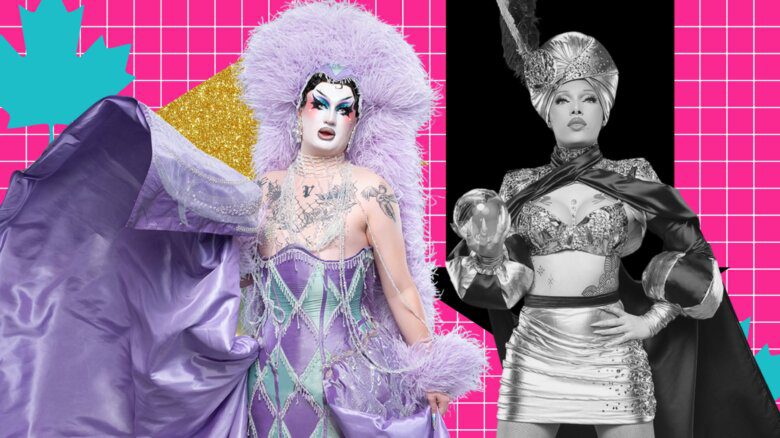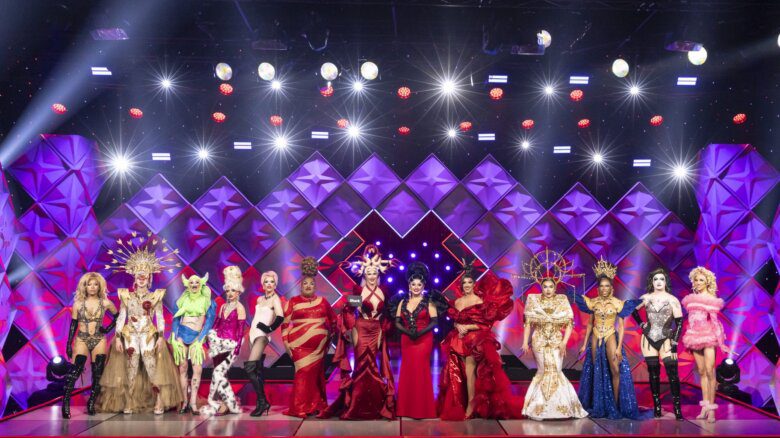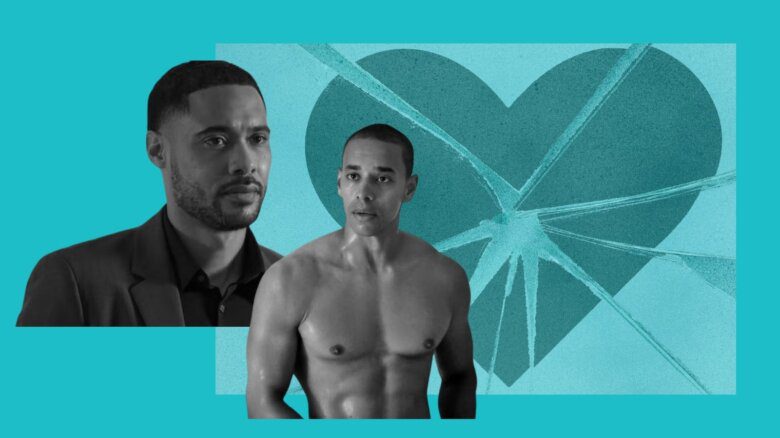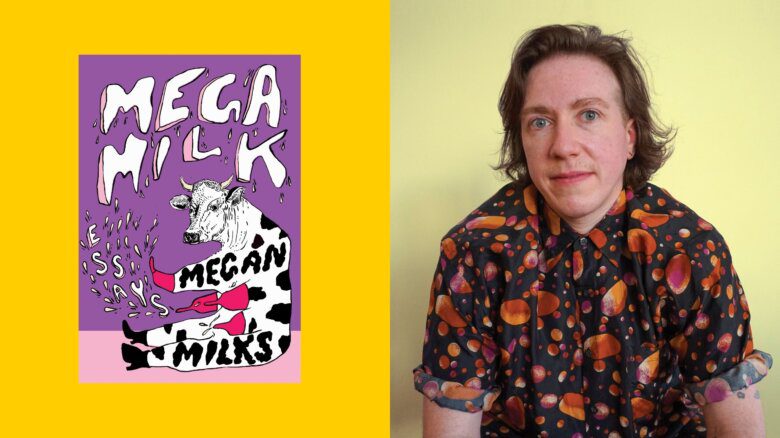A twink walked into Woody’s the other night wearing a striking little black dress. Short, plain and off-the-shoulder. Or maybe it was just a plain black T-shirt pulled off the shoulder. Either way it attracted attention.
“Is that, like, the gayest thing you could wear?” sneered one of his, uh, friends.
Thirty years ago that cheeky little number would have been taken for granted, a darling little bit of gay whimsy from an age group known for just that. Now it offends the conventions. It’s feminine and very much of the flesh, which you’d think would be way gay but, oh no, not in the right way. These days you can be as feminine as you want, but only if you’re doing drag, and you can show off your body any way you like as long as it’s a V-neck T-shirt over gym-built cleavage. Shoulders, yes, but only in muscle tanks and only at the gym.
It’s always foolhardy to typecast the zeitgeist but our modern, liberal, urban, multicultural world feels like nothing so much as the conformist 1950s. A big-finned car idling in neutral, all flash, no clash. Everything polite and plastic, smiling through perfectly white teeth. Think beautiful blonde Betty (Mrs Don Draper) on Mad Men.
You can do anything you want as long as it’s tasteful and exactly the same as what your friends are doing. Not that gay society is really to blame for this. As usual these days we’re just part of a larger trend.
In fact the biggest bellwether of the current phenomenon is Obama. For all his difference (or maybe because of it) he’s a throwback, the perfect 1950s male. With his impeccable grey suits and picture-perfect family, he’s the perfect dad from a time when we still thought dads could be perfect. Pragmatic rather than ideological, he’s a model of Eisenhower efficiency.
After a brush with Strangelove radicalism à la Cheney, North American society has moved to the middle and gay society is following the script.
Yep, it’s the 1950s all over again. Fresh scrubbed and newly respectable. A respectable era where everyone knew their place and smiled brightly.
If the 1960s and ’70s were about inventing new modes of relationship, the 2000s seem to be about copying old models and buffing them to the point of parody. It’s not enough for today’s queer couple to marry and have a house, they must have the perfect symbol of hearth and home, the renovated kitchen.
A friend who recently emerged from a long-term Cabbagetown relationship said that by the end of it he felt like June Cleaver.
Hand-holding gay couples are everywhere and I wish I could feel the love but all I see is the sameness, a stultifying willingness to toe the party line.
Even when they’re mixed race they all look the same and they all act like they have the same (economic) motives. You get the feeling everyone has a condo in Radio City. To me, they look like a couple of 1950s “chicks” in sweater sets and pearls. Ankles crossed. Demure.
From Oscar Wilde and his “panthers” to 1970s bars with their waiters and hairdressers, gay life has always drawn energy from the working class. Today, though, gay culture is almost uniformly middle class.
We’re open to every form of diversity except economic. Tolerance in this city means assuming everyone is middle class and has the toys — cell phone, iPod, condo — to prove it. Should you fail the entrance exam, no one quite knows what to do.
Our mores too are increasingly middle class. The knock against Ottawa used to be that it was a dinner-party society; that is, unless you knew people and were invited to the right parties, you weren’t going to meet anyone. Well, Toronto’s Ottawa now. You’re not going anywhere unless you’ve got the right introductions. I see more and more people circulating in self-regarding cliques.
All in all it makes for a very 1950s view of the world — tasteful, comfortable and safe.
It’s understandable that older gays, the 40-plus crowd, might embrace this placid view of society. Born between 1947 and 1966, many of the boomers grew up in the 1950s and are probably happy, as they settle into their sedate years, to embrace something familiar. But why younger types are so eager to embrace Ozzie-and-Harriet-land is beyond me, except that the internet, as well as enabling a gazillion niche neuroses, also mass-markets the most banal fantasies available — and does so with a force and an intensity that makes TV look timid.
The 1950s were more adventuresome than they looked. The post-war years spawned Elvis Presley, rock ’n’ roll, the Beats, early gay activism (the Mattachine Society) and enough female discontent to throw up Betty Friedan and the Feminine Mystique just a few years later.
Maybe this decade, too, will turn out to be more fertile than it looks. But I wouldn’t hold my breath.
 Why you can trust Xtra
Why you can trust Xtra


